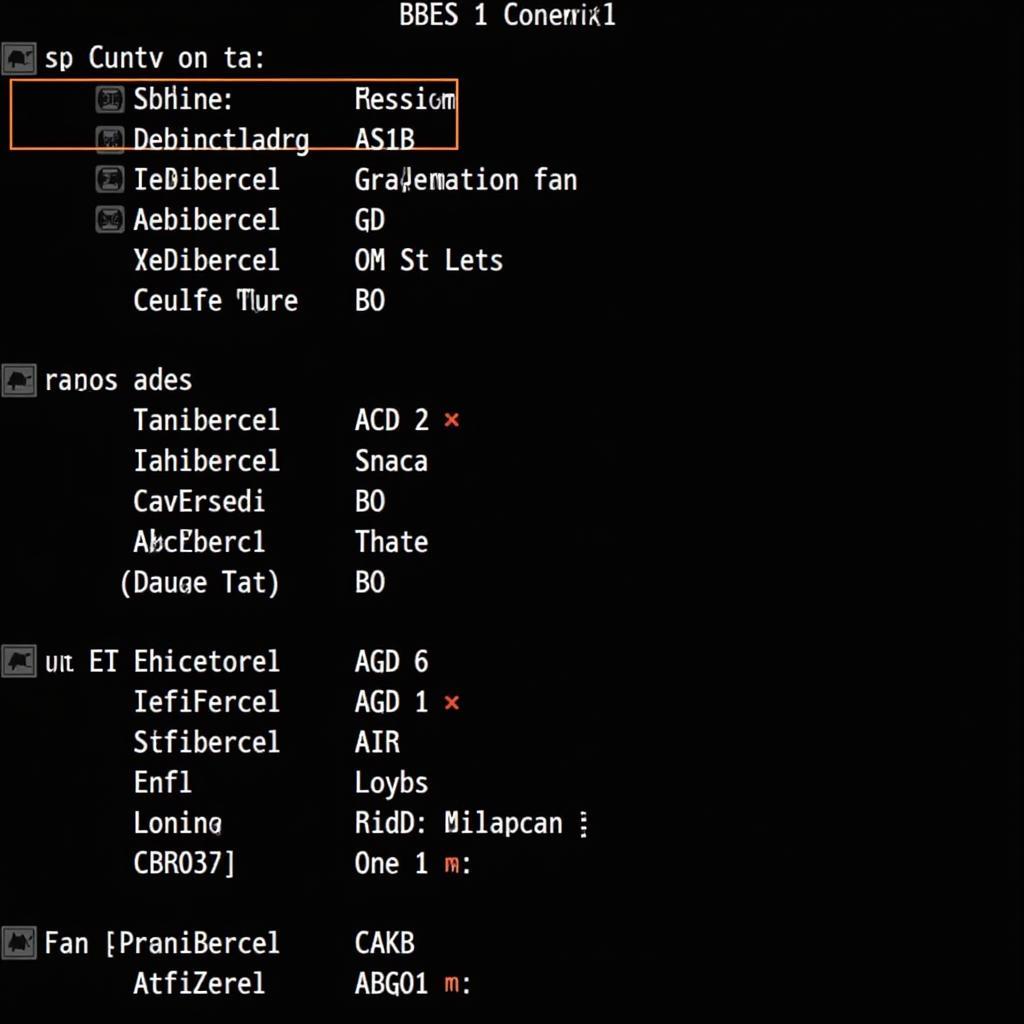Understanding how to control your ASUS laptop’s fan speed through the BIOS can be a game-changer for managing both performance and noise levels. While Windows offers software solutions, diving into the BIOS grants you a deeper level of control and customization. This guide delves into the intricacies of ASUS fan control within the BIOS, empowering you to fine-tune your system for optimal performance.
Why ASUS Fan Control Matters
Before we navigate the BIOS, let’s understand why fan control is crucial, especially for ASUS laptops known for their powerful hardware. Effective fan management directly impacts:
- System Temperature: Efficient cooling prevents overheating, ensuring consistent performance and prolonging the lifespan of your components.
- Performance Stability: By keeping temperatures in check, you minimize thermal throttling, those pesky performance drops that occur when your components get too hot.
- Noise Reduction: Fine-tuning fan speeds allows you to strike a balance between cooling and quiet operation, particularly important during less demanding tasks.
 ASUS Fan Control BIOS
ASUS Fan Control BIOS
Accessing the ASUS BIOS
Accessing your ASUS laptop’s BIOS is usually achieved by pressing a specific key during startup. Common keys include Del, F2, Esc, or F10, but this can vary depending on your model. Refer to your laptop’s user manual or ASUS support website for model-specific instructions.
Navigating the BIOS for Fan Control
Once in the BIOS, the layout may differ slightly depending on your BIOS version. However, the core principles remain consistent. Look for sections labeled “Hardware Monitor,” “Power,” “Cooling,” or similar. This is where you’ll typically find fan control options.
 Navigating ASUS BIOS Fan Settings
Navigating ASUS BIOS Fan Settings
ASUS Fan Control Options
Within the fan control section, you’ll typically encounter these options:
- Fan Profiles: Predefined profiles like “Silent,” “Standard,” or “Performance” offer a quick way to adjust fan behavior.
- Manual Fan Control: This mode allows you to set custom fan curves, dictating the fan speed at different temperature thresholds.
- Smart Fan Control: This intelligent mode automatically adjusts fan speeds based on system load and temperature, balancing cooling and noise.
Customizing Fan Curves
For granular control, manual fan curves are your best bet. This usually involves setting fan speeds (in percentage or RPM) at specific temperature points.
- Lower Temperatures: Aim for lower fan speeds to prioritize quiet operation when the system is idle or under light load.
- Higher Temperatures: As temperatures climb under heavy workloads, gradually increase fan speeds to ensure optimal cooling.
 Setting Custom Fan Curves in ASUS BIOS
Setting Custom Fan Curves in ASUS BIOS
Tips for Optimal ASUS Fan Control
- Start Conservatively: When creating custom fan curves, begin with gradual adjustments and test the system’s stability and noise levels under different workloads.
- Monitor Temperatures: Keep an eye on your CPU and GPU temperatures using monitoring software during testing to ensure your fan settings are effective.
- Consider Ambient Temperature: Adjust your fan curves based on your environment. Hotter climates might require more aggressive fan settings.
Conclusion
Mastering ASUS fan control within the BIOS provides a powerful way to enhance your laptop’s cooling, performance, and acoustics. By understanding the available options and employing some best practices, you can fine-tune your system for an optimal balance of power and silence. Remember to consult your laptop’s user manual or ASUS support for specific instructions related to your model.
FAQs
Q: What is the safest fan curve setting for my ASUS laptop?
A: The safest approach is to start with the “Standard” or “Balanced” preset in your BIOS. These are usually well-optimized for typical usage.
Q: Can I damage my laptop by adjusting the fan settings in the BIOS?
A: While unlikely, setting extremely low fan speeds under heavy loads could lead to overheating. Always monitor your temperatures when making adjustments.
Q: I can’t find fan control options in my ASUS BIOS. What should I do?
A: Not all ASUS laptops offer extensive fan control within the BIOS. Check your user manual or contact ASUS support for model-specific information.
Need more help with your ASUS laptop? Check out these articles:
- ASUS keyboard hotkey windows 10 error fan
- Boost fan speed laptop asus
- How to manually turn on my laptop fan
Contact Us:
For further assistance, please don’t hesitate to contact our support team:
- Phone: +84 90 342 6737
- Email: [email protected]
- Address: Tổ 9, Khu 6, Phường Giếng Đáy, Thành Phố Hạ Long, Giếng Đáy, Hạ Long, Quảng Ninh, Vietnam
Our dedicated team is available 24/7 to assist you.





